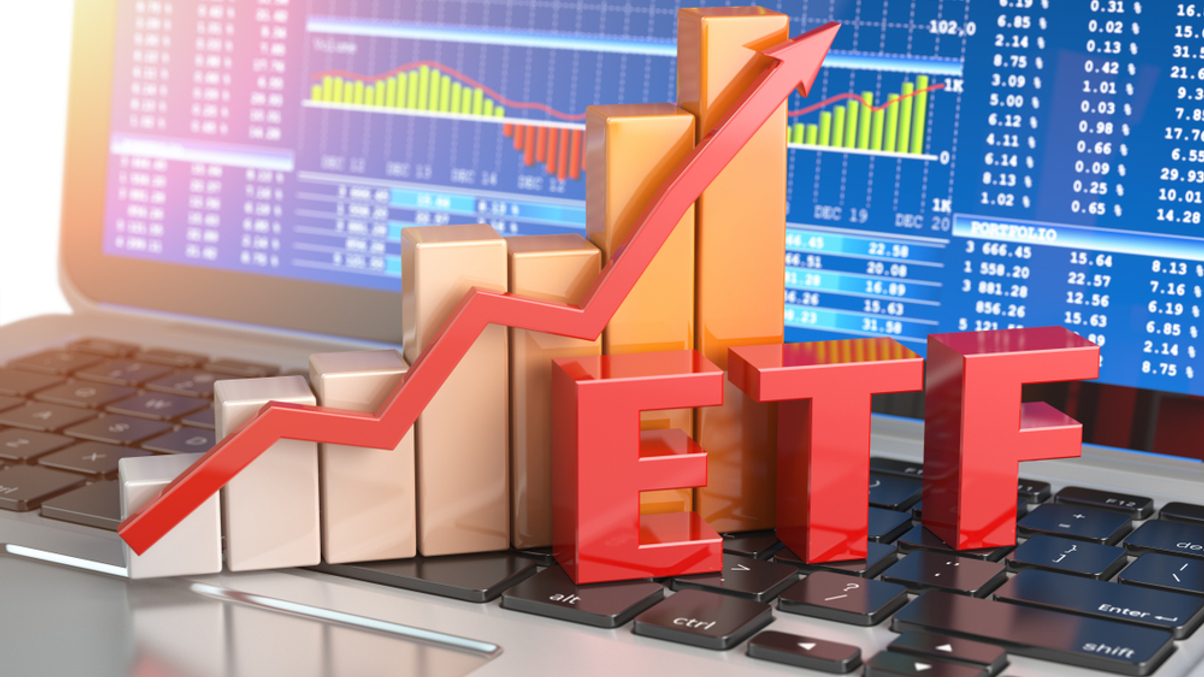Market Views: Will ETFs extend their winning streak in 2024?
ETF demand surged in Asia in 2023. Will investors continue to bet on this investment vehicle this year and if so, what will be the key drivers?

The exchange traded funds (ETF) industry hit a significant landmark in 2023, with assets exceeding $11.5 trillion worldwide.
Sign In to Your Account
Access Exclusive AsianInvestor Content!
Please sign in to your subscription to unlock full access to our premium AI resources.
Free Registration & 7-Day Trial
Register now to enjoy a 7-day free trial—no registration fees required. Click the link to get started.
Note: This free trial is a one-time offer.
¬ Haymarket Media Limited. All rights reserved.


